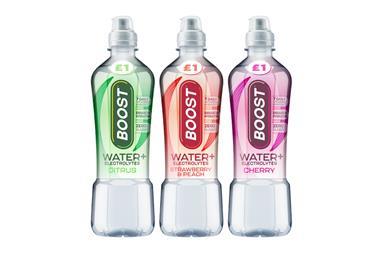Over the counter medicines - Just the tonic
In 2008 30 million adults in the UK suffered from a cold. And, according to Mintel’s Global Market Navigator, we’re expected to cough up £521m on over-the-counter (OTC) cold remedies this year.
ALREADY HAVE A REGISTERED USER ACCOUNT? PLEASE LOG IN HERE
To read the full story join the ConvenienceStore.co.uk community today!
Registration is quick and easy and provides access to:
- Unlimited ConvenienceStore.co.uk articles
- Our great range of newsletters
- Content you’ve saved for later via the ‘my library’ feature
And much more…

























